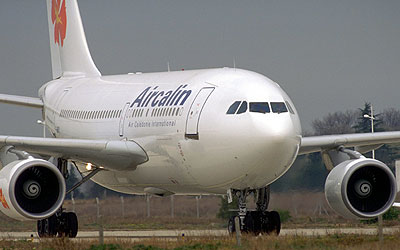Amazon recommendation: Airbus A300/310: A Legends of Flight Illustrated History (paid link)

No. Of Engines: 2
Aircraft Type: Jet
Passenger Capacity (Max): 375
Passenger Capacity (Min): 220
Range (in Miles): 4150
Cruising Speed (MPH): 567
Payload Capacity (in Lbs): 95,544
Wingspan: 147
Length: 177
Body Type: widebody
Cabin Type: pressurized
History of the Airbus A300:
First put into service by Air France in 1974, the widebody twin engine A300 was Airbus Industrie's first aircraft. The updated A300-600, which is still in production today, first entered service in 1988 with Saudi Airlines. Together, with more than 730 orders, the A300, and its smaller descendant the A310, are the world's most popular widebody twin-engine transports. Due to its extensive airline service, the A310 was certified for extended-range twin-engine operations (up to 180 minutes with either engine), making the aircraft available for long-haul flights such as transatlantic routes. Major A300 operators include American Airlines, Air France, Korean Air, Lufthansa, and Thai Airways.
Airbus Industrie was formed in 1970 as a multinational effort between Germany, England and France to create a high-capicity twin-jet transport (this developed into the A300). Today Airbus Industrie has become the world's second largest manufacturer of civil airliners which seat over 100 passengers. In it's first 25 years Airbus has sold over 2,100 aircraft, with more than 1400 in service worldwide. The consortium is headquartered in southwest France near the city of Toulouse and owned by Europe's four leading aerospace companies (Aerospatiale of France, Daimler-Benz Aerospace Airbus of Germany, British Aerospace, and Casa of Spain).
Airbus - The aircraft are captured in flight and from dramatic vantage points inaccessible to most enthusiasts.
Birds of Prey : Boeing Vs. Airbus : A Battle for the Skies - The international rivalry between Boeing (a U.S. company based in Seattle, Washington) and Airbus (a European consortium centered in France) has become a foreign policy priority for their respective governments. Boeing completely dominated the skies for many years, but massive government subsidies have made Airbus a serious challenger.